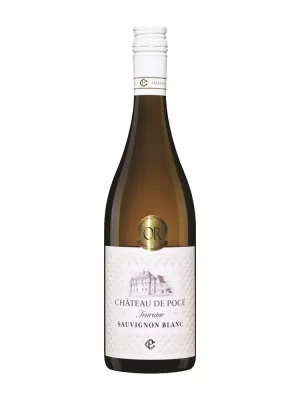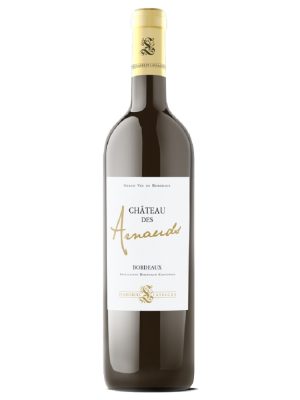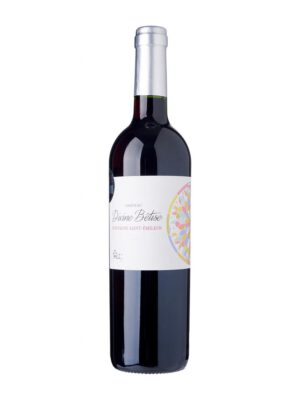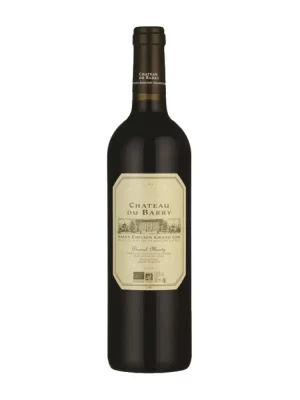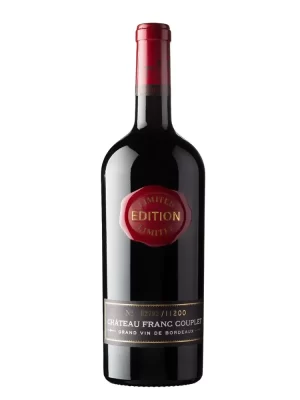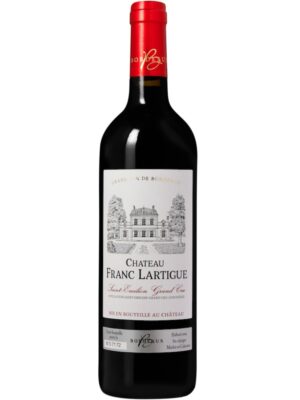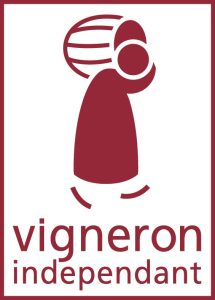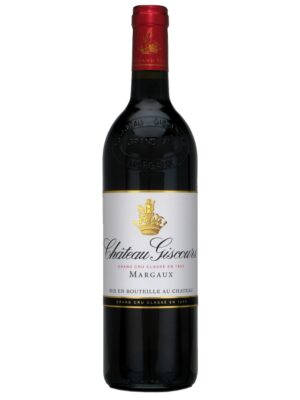Château de Maligny Petit Chablis
The Durup family, winegrowers from father to son, have been cultivating vines in Chablis for fifteen generations. The succession of Jean Durup, who reconstituted the vineyard of Château de Maligny, is ensured by Jean-Paul and Valérie Durup, assisted by Romain Ménissier, operations director. The different wines marketed under the prestigious labels “Château de Maligny”, with the best exposures, and “Églantière” all come from the unique variety of grape varieties used in Chablis: Chardonnay.
The Petit Chablis of Domaine Durup is produced on about 30 hectares. It is the major estate in the appellation Petit Chablis. The vines representative of this appellation are in average 30 years old. The vinification is made in the tradition of Chablis.
For more info, visit Jean Durup – Château de Maligny website.
VARIETALS
100% Chardonnay
VINTAGE
2022


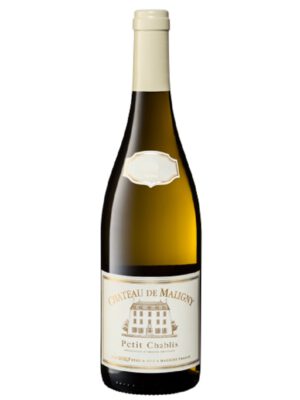
 Download Tasting Note
Download Tasting Note